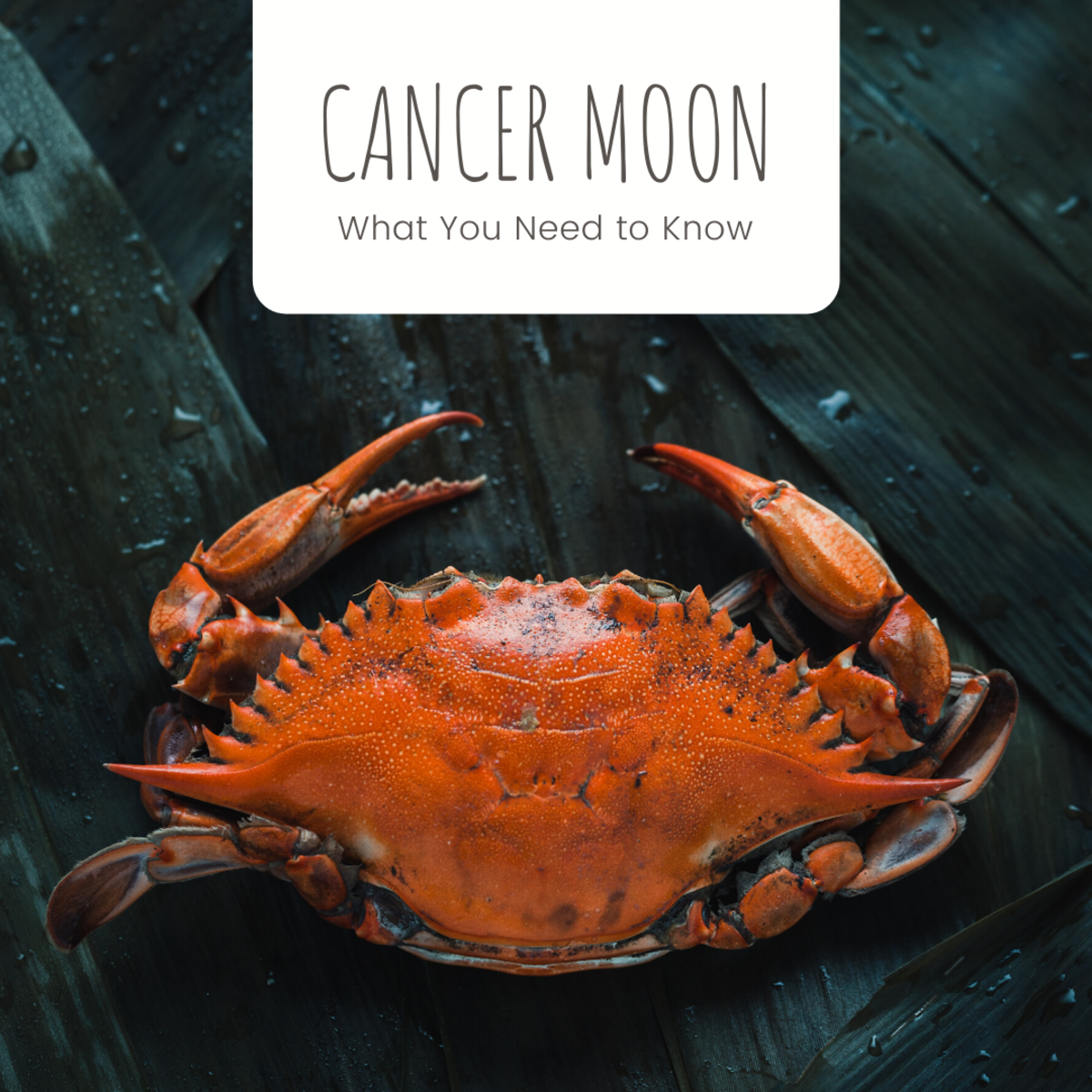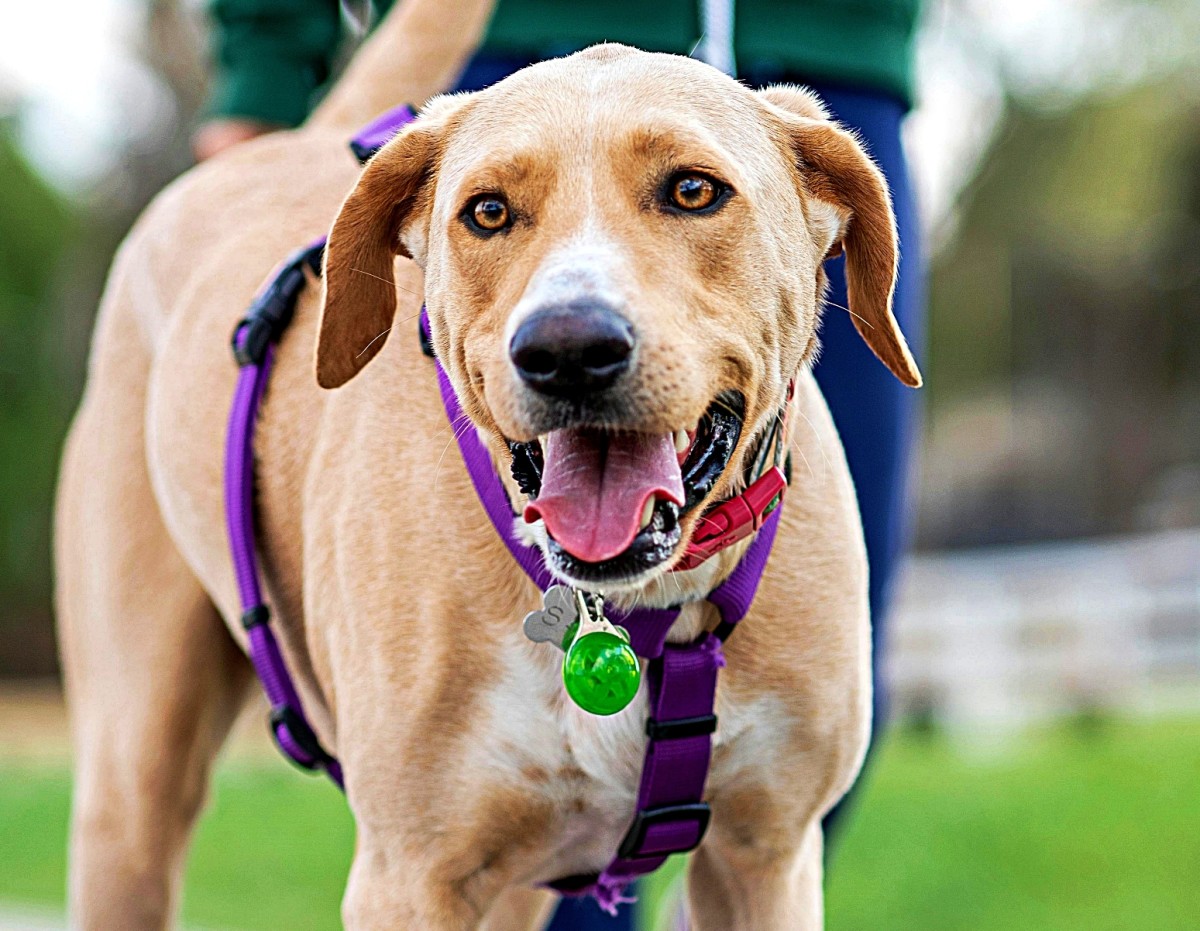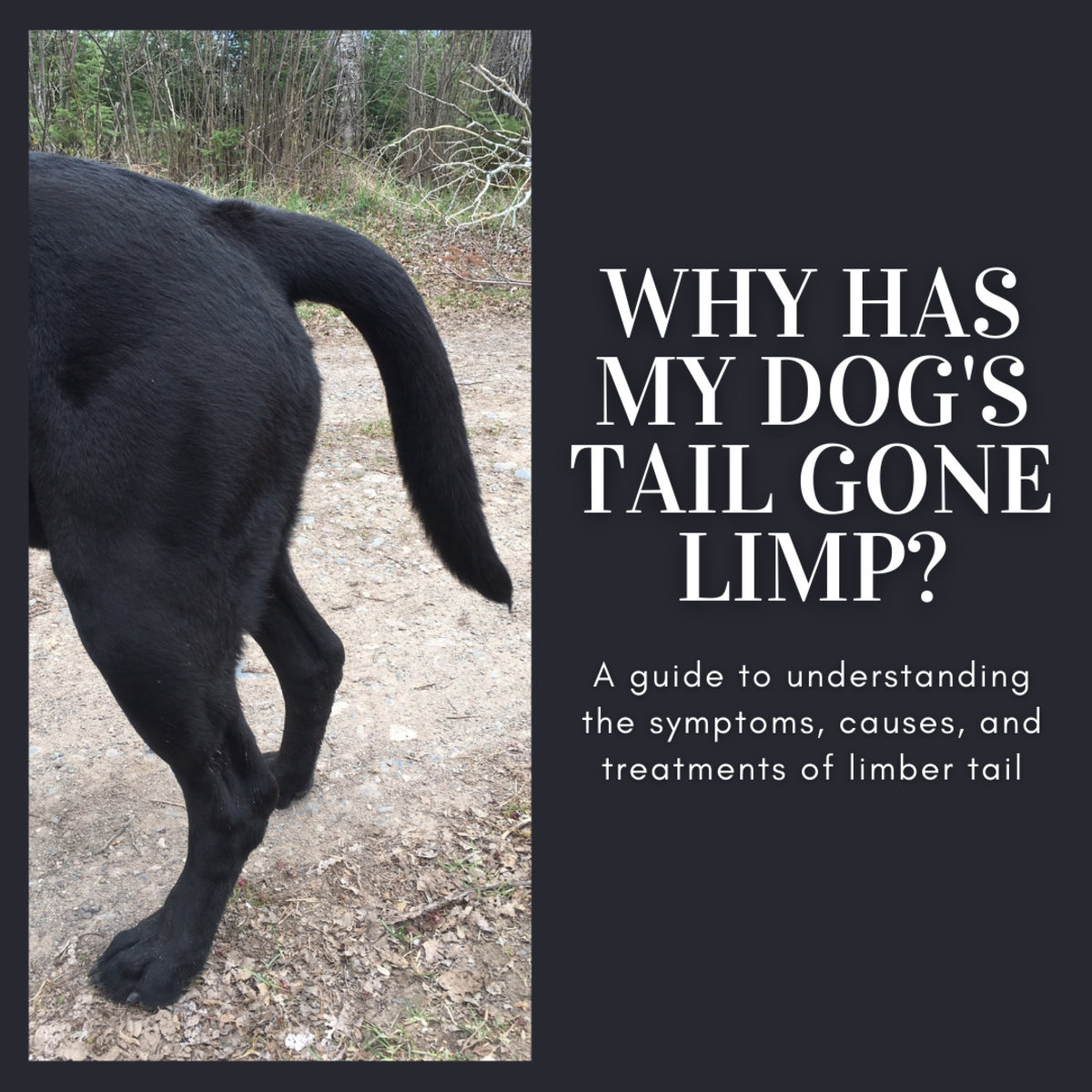First Sign of Cancer in My Dog
Dog Cancer
Because cancer is a scary thought and we love our dogs very much, it is important that you are aware of the signs of cancer in your dog so that you can get an early diagnosis and early cancer treatment, if necessary.
Below you will be able to check out the more common signs of dog cancer, but these are going to be a general view of symptoms. I have also included a few symptoms that are specific to some of the more common types of dog cancer.
Symptoms of Dog Cancer
Although the symptoms per the different types of cancer will vary to some degree the more common symptoms for canine cancer can include the following 10 symptoms.
- Abnormal swelling that persists or continues to grow
- Sores that do not heal
- Noticeable weight loss
- Loss of appetite
- Bleeding or discharge from any body opening
- Offensive odor
- Difficulty eating or swallowing
- Hesitation to exercise or loss of stamina
- Persistent lameness or stiffness
- Difficulty breathing, urinating, or defecating
If you notice that your dog is showing any of hte ablve symptoms, you'll want to consult your vet as soon as possible so that your vet can determine the proper cause and the proper treatment
Remember that the earlier you get your diagnosis, the better off yoru treatment and prognosis will be in the end, especially in regards to tumors as they can be very aggressive.
Early detection and treatment is vital if for your dog to have a higher chance of a full recovery.

Signs of Dog Cancer
Lymphosarcoma- This type of cancer is associated with the lymphoid system, which is an important part of his immune system.
- Swelling of the lymph nodes
- Vomiting, Weight loss, and Lack of appetite (gastrointestinal form)
- Shortness of breath (chest form)
- Single or multiple lumps in the skin or in the mouth (skin- cutanaous- form).
Hemangiosarcoma- This type of cancer originates from the cells that form blood vessels, but it can occur in any part of the body; although, it is mainly found in the spleen, liver, heart and skin.
- Ruptured tumor (first sign)
- Anemia and weakness (if tumor is in the spleen or liver)
- Lumps under the skin (if in the skin)
- Swelling of the bones (skeletal system)
- Tumors (are typically only noticed until the later stages)
Osteosarcoma- This type of cancer originates in the bones, and it is more common in the limbs and ribs of large breed dogs.
- Lameness
- Pain in the bones
- Swelling
- Reluctance to exercise
About 90% of osteosarcomas tend to spread into the lungs, and in these cases, you dog will show respiratory related symptoms such as coughing and difficulty in breathing.
Mammary Carcinoma- This type of cancer is more common in the mammary tissues of female dogs and can nearly be eliminated by early spaying.
- Solid masses
- Swelling in mammary glands
Mastocytomas (Mast Cell Tumors)- This type of cancer is common in elderly dogs, and is commonly seen in the skin, lymph nodes, spleen, liver, and bone marrow.
- Raised masses on/ under the skin
- Single or multiple lumps, which may be smooth, bumpy or ulcerated
- Lack of appetite
- Vomiting
- Abdominal pain
Disclaimer: Please be aware that the advice in this article should in no way replace that of a licensed veterinarian. The methods outlined above may or may not work for your pet. If you have any concerns, you should consult a veterinarian.









